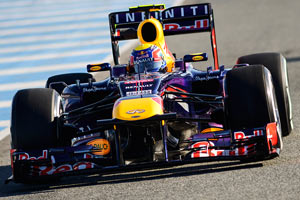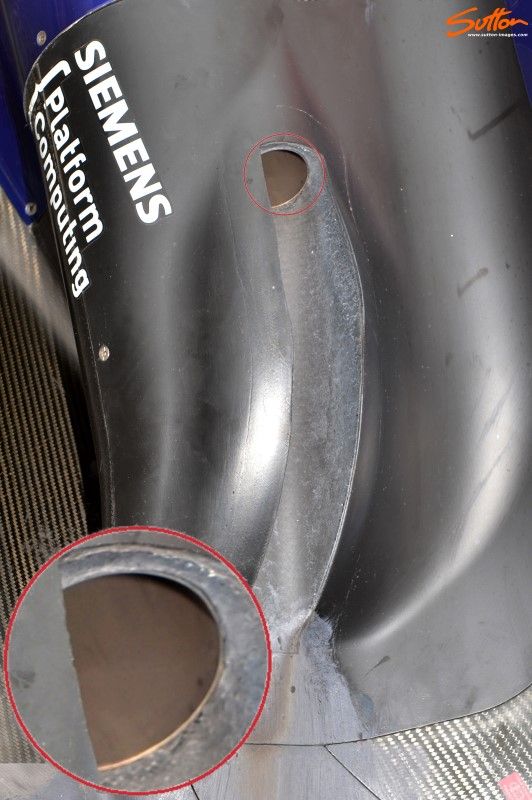Huntresa wrote:shelly wrote:SectorOne wrote:How many rapid direction changes does it do?
And can you actually affect that in any way or is it just creating one and making sure it goes where it should?
the corkscrew shape is probably due to the interaction with the vortex from the truning vanes under the nose, that make the trajectory of the flap vortex spiral.
But the corkscrew effect isnt that just how a vortice looks ? I mean it is a vortex, which is spinning or swirling perhaps. Then if that shapes moves to the side which it does here is most likely based on what you say and i also said above, but the shape is a normal shape no without interaction ?
The picture of the rifling smikle posted above comes handy to explain this. Inside the vortex tube, the particles go along an helix, with a shape similar to those grooves; the "advance ratio" of the particles in the vortex is experssed by a quantity called Helicity (see gordon mccabe blog for a better definition).
The fact that the vortex tube itself it's shaped like a corkscrew is a different thing, and it's a consequence of interactiion with other flows (in this case I think the main influence comes from another vortex).
If you take the example of wingtip vortices on planes, the vortex tube develops in a straight line; inside the tube the pathlines are spirals. There are some examples in the "wing aero" thread where I tried to collect all the vortex images available at the time






